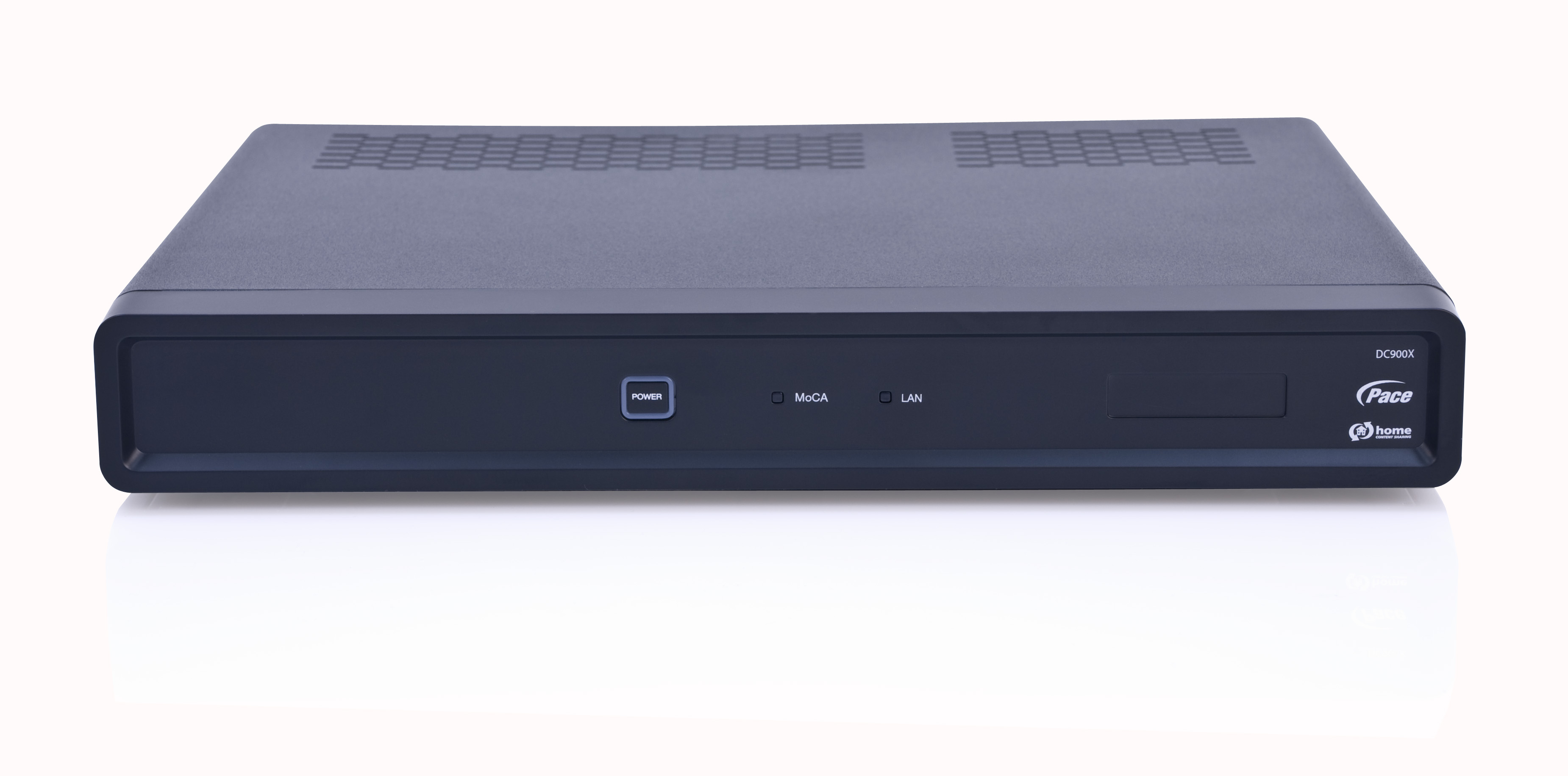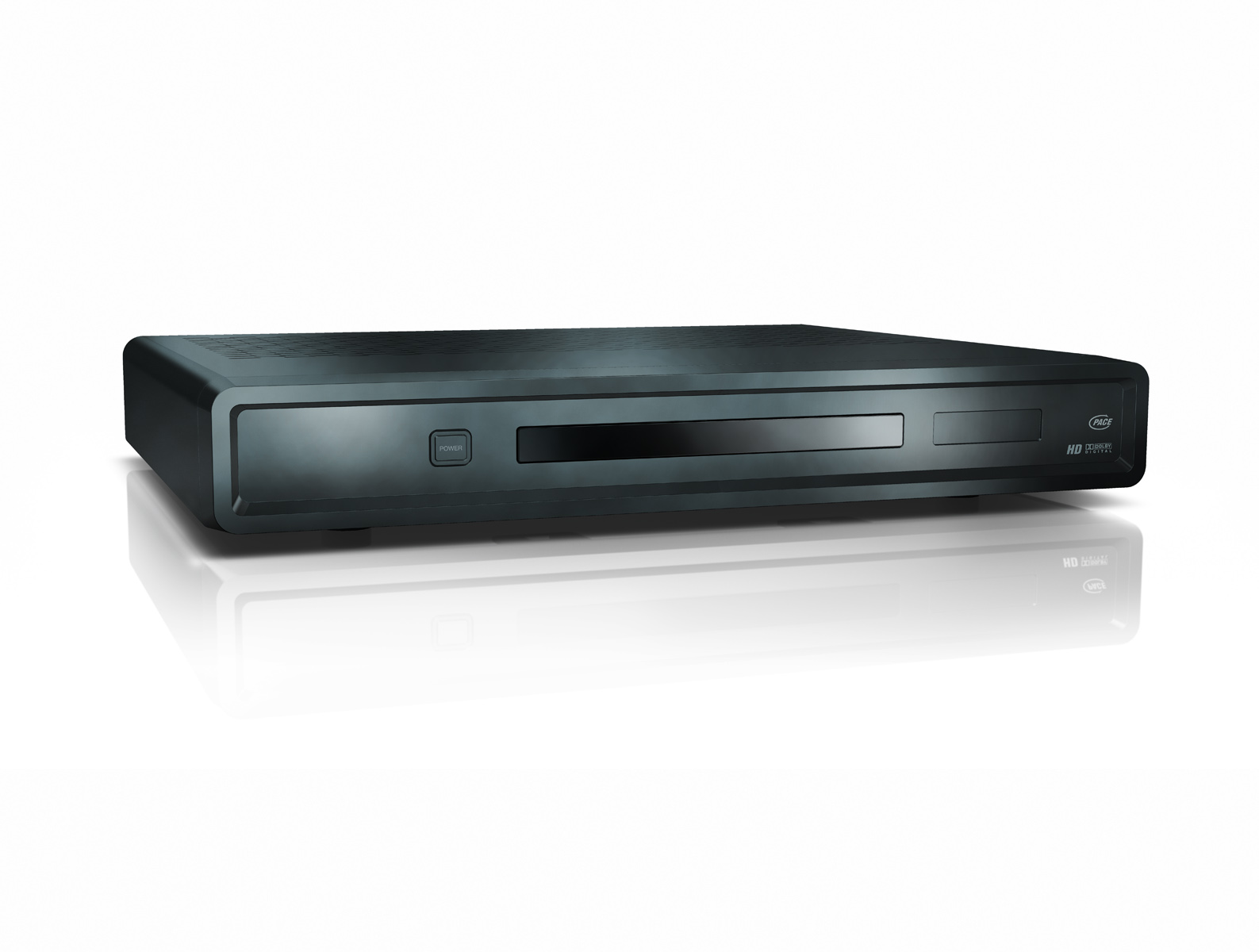Cablers Put Pace Multiroom DVR to Test
Several smaller cable operators are completing field trials
of Pace's Home Content Sharing product, a whole-home HD DVR that allows
operators to distribute as many as nine simultaneous HD streams throughout the
household.
None of the publicly announced operators -- which include
Mediacom Communications, Buckeye CableSystem and Sunflower Broadband -- has officially
committed to deploying HCS. However, "they've been extremely happy with the
results," said Pace America vice president of sales and marketing Tim O'Loughlin.

"We do have units that have been commercially deployed,"
said O'Loughlin. "We just haven't announced the operator. The system is out
there, with paying subscribers and we're seeing a lot of demand bubbling up
from the cable operators."
In addition, the National Cable Television Cooperative,
which collectively buys programming and equipment for smaller cable operators,
has agreed to offer HCS to its members, O'Loughlin noted.
Pace is touting HCS as a technological breakthrough. "It is the
first to hit the market that is capable of simultaneously recording six HD
programs at the same time that three of the clients [HD set-top boxes] are
playing back an HD program, which gets you up to 9 HD MPEG-2 streams," O'Loughlin
said. "If you use it for standard-definition TV, the number of streams goes up,
and if you have got the MPEG-4, they go up."
Homeowners who have HDTVs in their living rooms have
increasingly been purchasing smaller sets for their bedrooms or elsewhere, one of this year's bright spots
in sales. Pace hopes the HCS product will tap into a growing demand for products
to deal with such homes.
High-end HD DVRs can cost as much as $400 a piece, and putting
several boxes in the same home poses a significant capital expense for
operators.
The smarter way to stay on top of the multichannel video marketplace. Sign up below.
"Cable operators are seeing more and more homes that want to
have HD DVRs in more than one room," O'Loughlin said. "This system is a lot
more cost effective than putting three standalone HD DVRs around the house."
Beyond the cost savings, O'Loughlin added that the system
could potentially reduce churn. "If a subscriber has 70 or 80 hours of HD
content on [the centralized storage device] that they can access from any room
with full DVR functionality, the likelihood of them churning out goes down
significantly," he said.
The system uses a Network Attached Storage device with
either a 500-Gigabyte or 1-Terabyte hard drive, attached to multiple non-DVR
set-top boxes. These boxes communicate with the gateway device, allowing them
to play back and set recordings, pause live programs and provide other DVR
functions.

It is fully integrated with the Rovi Passport interactive
programming guide, used by many operators, and with Rovi's Connected Platform
software.
"The Rovi IPG is widely
used and that makes it easier for consumers to use the platform," O'Loughlin said.
In the future, Pace also plans to expand the system's
capabilities with Rovi's Connected Platform software so that subscribers can
plug consumer-electronics devices into the home network and personalize the
content that is available to them, O'Loughlin said.
